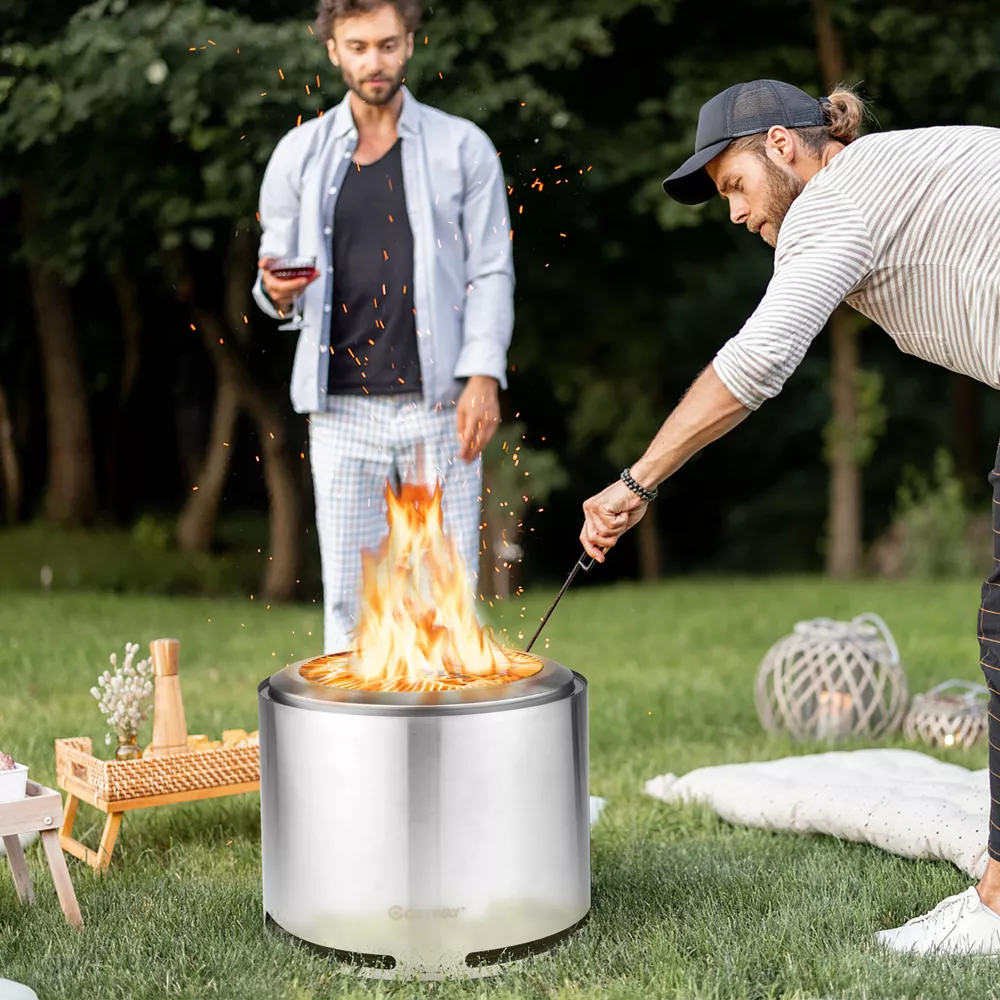Every year millions of us enjoy the warm summer weather by taking a dip in our backyard pools or relaxing in our hot tubs. However, over 200 young children tragically drown each year in home swimming pools.
The American Red Cross suggests owners make pool safety their priority by following these guidelines:
- Secure your pool with appropriate barriers. Completely surround your pool with a 4-feet high fence or barrier with a self-closing, self-latching gate. Place a safety cover on the pool or hot tub when not in use and remove any ladders or steps used for access. Consider installing a pool alarm that goes off if anyone enters the pool.
- Keep children under active supervision at all times. Stay in arm’s reach of young kids. Designate a responsible person to watch the water when people are in the pool—never allow anyone to swim alone. Have young or inexperienced swimmers wear a U.S. Coast Guard-approved life jacket.
- Ensure everyone in the home knows how to swim well by enrolling them in age-appropriate water orientation and learn-to-swim courses from the Red Cross.
- Keep your pool or hot tub water clean and clear. Maintain proper chemical levels, circulation and filtration. Regularly test and adjust the chemical levels to minimize the risk of earaches, rashes or more serious diseases.
- Establish and enforce rules and safe behaviors, such as “no diving,” “stay away from drain covers,” “swim with a buddy” and “walk please.”
- Ensure everyone in the home knows how to respond to aquatic emergencies by having appropriate safety equipment and taking water safety, first aid and CPR courses from the Red Cross.
The American Red Cross and National Swimming Pool Foundation® have partnered to create an online Home Pool Essentials course that describes steps home pool owners can take to prevent tragedy and keep a well maintained pool or hot tub. The course is available at www.HomePoolEssentials.org.
Swim Safety
Swimming is a great recreational sport that can be enjoyed by people of all ages. But it’s important to know how to be safe while you’re in the water. The American Red Cross offers these important swimming safety tips you should be aware of before you head out to the pool or beach:
- Swim in designated areas supervised by lifeguards.
- Always swim with a buddy; do not allow anyone to swim alone.
- Never leave a young child unattended near water and do not trust a child’s life to another child; teach children to always ask permission to go near water.
- Have young children or inexperienced swimmers wear U.S. Coast Guard-approved life jackets around water, but do not rely on life jackets alone.
- Maintain constant supervision.
- Make sure everyone in your family learns to swim well. Enroll in age-appropriate Red Cross water orientation and learn-to-swim courses.
- If you have a pool, secure it with appropriate barriers. Many children who drown in home pools were out of sight for less than five minutes and in the care of one or both parents at the time.
- Avoid distractions when supervising children around water.
- If a child is missing, check the water first. Seconds count in preventing death or disability.
- Have appropriate equipment, such as reaching or throwing equipment, a cell phone, life jackets and a first aid kit.
- Know how and when to call 9-1-1 or the local emergency number.
- Enroll in Red Cross home pool safety,water safety,first aid and CPR/AED courses to learn how to prevent and respond to emergencies.
- Protect your skin. Limit the amount of direct sunlight you receive between 10:00 a.m. and 4:00 p.m. and wear sunscreen with a protection factor of at least 15.
- Drink plenty of water regularly, even if you’re not thirsty. Avoid drinks with alcohol or caffeine in them.






